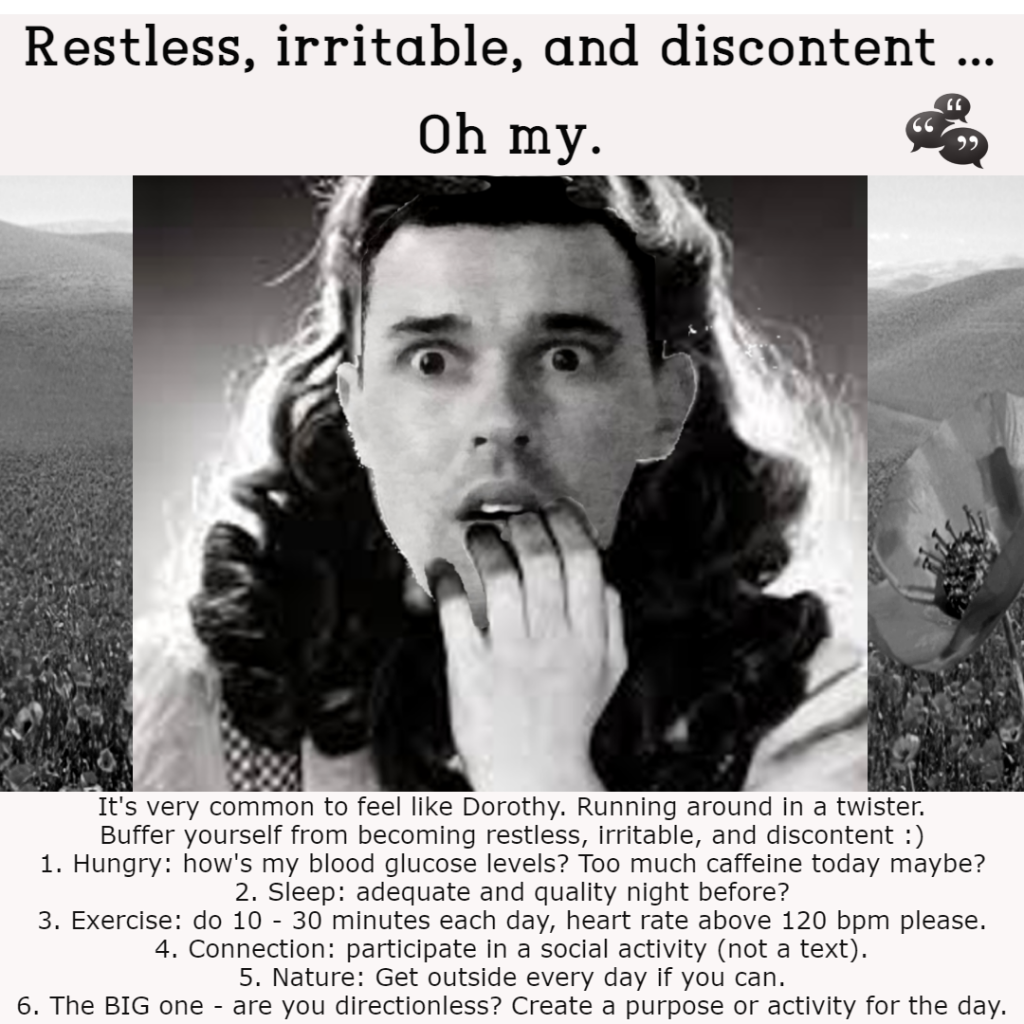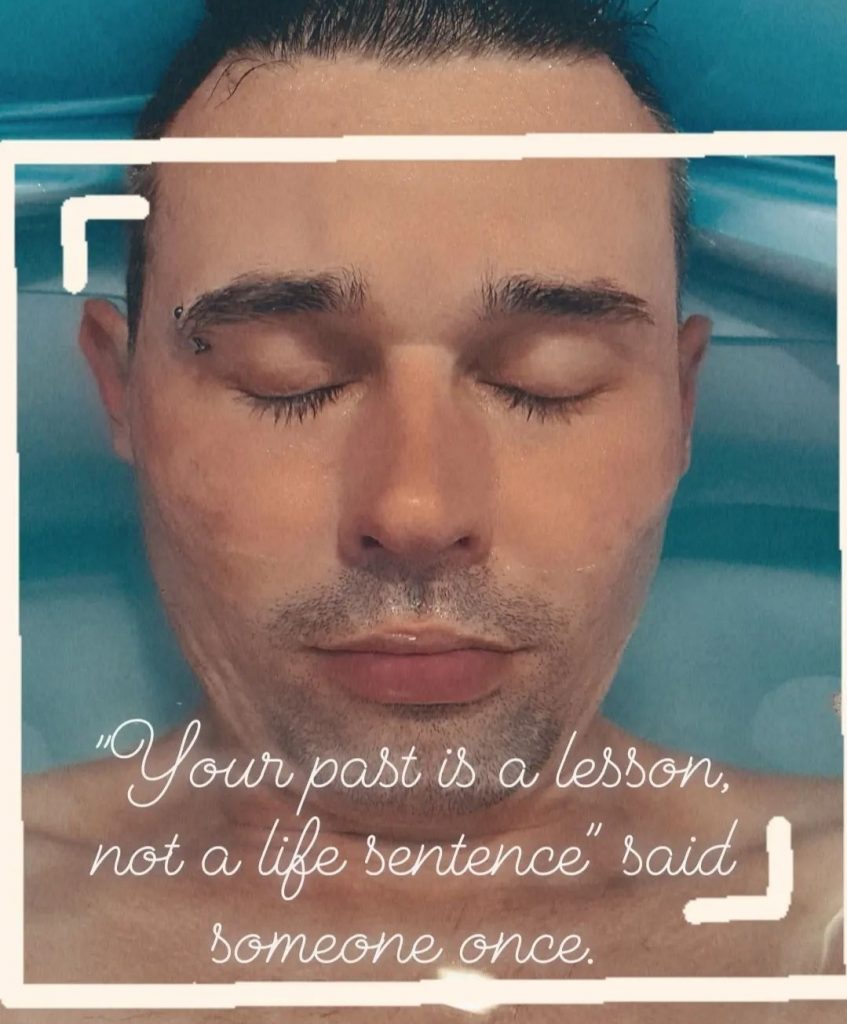Abstract
Addiction is a complex, multifaceted phenomenon that has been described variously as a disease, disorder, syndrome, obsessive-compulsive behaviour, learned behaviour, or spiritual malady. Modern scientific understanding emphasises addiction as a chronic brain disorder shaped by neurobiological changes, learning, and social context. This article examines each conceptualisation and presents an integrated definition that aligns with current neuroscience, psychological, and public health evidence.
Conceptualising Addiction: Labels and Their Accuracy
No single label fully captures addiction’s complexity; each highlights certain truths while overlooking others.
Disease
From a medical perspective, disease is the closest match. Addiction involves persistent neurobiological changes in reward, stress, and self-control circuits, increases relapse risk over years, and shows substantial genetic vulnerability (~50–60%) (NIDA, 2018; Heilig et al., 2021). Treatments improve outcomes but rarely “cure” the condition. This framing is used by the American Society of Addiction Medicine (ASAM), NIDA, WHO ICD-11, and DSM-5-TR (as “Substance Use Disorder”) (NIDA, 2018).
Disorder
Disorder is also scientifically accurate and slightly less medicalised. DSM-5’s “Substance Use Disorder” captures behavioural, psychological, and biological criteria and recognises functioning and harm rather than framing addiction strictly as a lifelong disease (Heather, n.d.; Heilig et al., 2021).
Syndrome
Addiction may be described as a syndrome because it is a cluster of symptoms with behavioural and physiological manifestations, without a single causative factor. However, the term is too generic for practical use outside clinical texts (Blithikioti et al., 2025).
Obsessive and Compulsive Learned Behaviour
Addiction involves learning, habit formation, and compulsion through reinforcement of rewarding behaviours (Hyman, 2005; Hausotter, 2013). Yet describing it solely as learned behaviour ignores genetic predisposition, neuroadaptation, withdrawal, and social factors.
Spiritual Malady
Some mutual-aid traditions characterise addiction as a spiritual malady. While this may be meaningful for individuals, it is not scientifically explanatory: addiction can be adequately explained via biological, psychological, and social mechanisms (Lewis, 2017).
Modern Integrative Definition
The most accurate contemporary description of addiction is:
“A chronic, relapsing disorder of brain circuits involved in reward, stress, and self-control, shaped by learning, environment, and social context”.
This definition encompasses:
- Disease/disorder: medical accuracy
- Learned behaviour and compulsion: neuroscience and behavioural accuracy
- Social determinants: public health relevance
- Flexibility for personal or spiritual interpretations
In short, addiction is best understood as a bio-psycho-social condition that is treatable and sometimes reversible, rather than a deterministic, lifelong curse.
Neurobiology: Why Addiction Is Considered a Brain Disorder
Repeated substance use alters structural and functional brain circuits involved in reward, stress, motivation, memory, and self-control (Nwonu et al., 2022; NIDA, 2018). These changes can persist long after use stops, explaining why addiction is more than a matter of “bad habits” or weak will (NIDA, 2025).
Chronicity and Relapse
Addiction is often chronic and relapsing. Even after long periods of abstinence, cues and stressors can trigger relapse (Meurk et al., 2014; SAMHSA, 2023). Key regions implicated include the basal ganglia (habit formation), extended amygdala (stress), and prefrontal cortex (decision-making) (Kirby et al., 2024). Nevertheless, many individuals achieve stable remission, highlighting heterogeneity in clinical outcomes (Heilig et al., 2021).
Learning, Memory, and Habit Formation
Addiction exploits neural mechanisms of learning and memory: rewarding behaviours are repeated and consolidated into habits, with cues triggering compulsive responses even when the substance’s reward diminishes (Hausotter, 2013; Lewis, 2017). This intertwines biological disorder and learned behaviour.
Critiques and Limitations
Some scientists caution that framing addiction strictly as a brain disease is simplistic:
- Brain changes may resemble those from other motivated behaviours (Lewis, 2017).
- Many recover without formal treatment (Heilig et al., 2021).
- Social, environmental, and psychological factors are crucial to understanding addiction (Blithikioti et al., 2025).
Thus, while the disease model is powerful, it does not fully represent addiction’s heterogeneity or socio-psychological dimensions.
Implications for Treatment
Addiction is treatable, not simply curable. Interventions combining pharmacological and behavioural approaches, alongside social support, can foster long-term recovery (Liu & Li, 2018; Heilig et al., 2021). Like other chronic conditions, management — rather than elimination — is often the realistic goal (NIDA, 2018). Neural circuits can gradually readjust, particularly when environmental and personal factors support recovery.
Conclusion
Addiction is a learned, compulsive brain disorder with chronic potential, shaped by neurobiological, psychological, social, and environmental factors. Recognising addiction as both a disorder and a behavioural learning condition avoids extremes: it is neither an unchangeable fate nor merely a moral failing. This integrated perspective supports nuanced understanding, compassionate care, and effective treatment strategies.
References
Blithikioti, C., Fried, E. I., Albanese, E., Field, M., & Cristea, I. A. (2025). Reevaluating the brain disease model of addiction. The Lancet Psychiatry, 12(6), 469–474. https://doi.org/10.1016/S2215-0366(25)00060-4
Hausotter, W. (2013). Neuroscience and understanding addiction. Addiction Technology Transfer Center (ATTC) Network. https://attcnetwork.org/neuroscience-and-understanding-addiction
Heather, N. (n.d.). What’s wrong with the brain disease model of addiction (BDMA)? Addiction Theory Network. https://addictiontheorynetwork.org/brain-disease-model-of-addiction
Heilig, M., MacKillop, J., Martinez, D., Rehm, J., Leggio, L., & Vanderschuren, L. J. M. J. (2021). Addiction as a brain disease revised: Why it still matters, and the need for consilience. Neuropsychopharmacology, 46(10), 1715–1723. https://doi.org/10.1038/s41386-020-00950-y
Hyman, S. E. (2005). Addiction: A disease of learning and memory. The American Journal of Psychiatry, 162(8), 1414–1422. https://doi.org/10.1176/appi.ajp.162.8.1414
Kirby, E. D., Glenn, M. J., Sandstrom, N. J., & Williams, C. L. (2024). Neurobiology of addiction (Section 14.5). In Introduction to Behavioral Neuroscience. OpenStax. https://socialsci.libretexts.org/…/14.05:_Neurobiology_of_Addiction
Leshner, A. I. (1997). Addiction is a brain disease, and it matters. Science, 278(5335), 45–47. https://doi.org/10.1126/science.278.5335.45
Lewis, M. (2017). Addiction and the brain: Development, not disease. Neuroethics, 10(1), 7–18. https://doi.org/10.1007/s12152-016-9293-4
Liu, J. F., & Li, J. X. (2018). Drug addiction: A curable mental disorder? Acta Pharmacologica Sinica, 39(12), 1823–1829. https://doi.org/10.1038/s41401-018-0180-x
Meurk, C., Carter, A., Partridge, B., Lucke, J., & Hall, W. (2014). How is acceptance of the brain disease model of addiction related to Australians’ attitudes towards addicted individuals and treatments for addiction? BMC Psychiatry, 14, 373. https://doi.org/10.1186/s12888-014-0373-x
National Institute on Drug Abuse. (2018). Drugs, brains, and behavior: The science of addiction (Rev. ed.). https://irp.nida.nih.gov/…/NIDA_DrugsBrainsAddiction
Nwonu, C. N. S., Nwonu, P. C., & Ude, R. A. (2022). Neurobiological underpinnings in drug addiction. West African Journal of Medicine, 39(6), 874–884. https://pubmed.ncbi.nlm.nih.gov/36063103
Substance Abuse and Mental Health Services Administration. (2023). What is substance use disorder? U.S. Department of Health and Human Services. https://www.samhsa.gov/substance-use/what-is-sud


